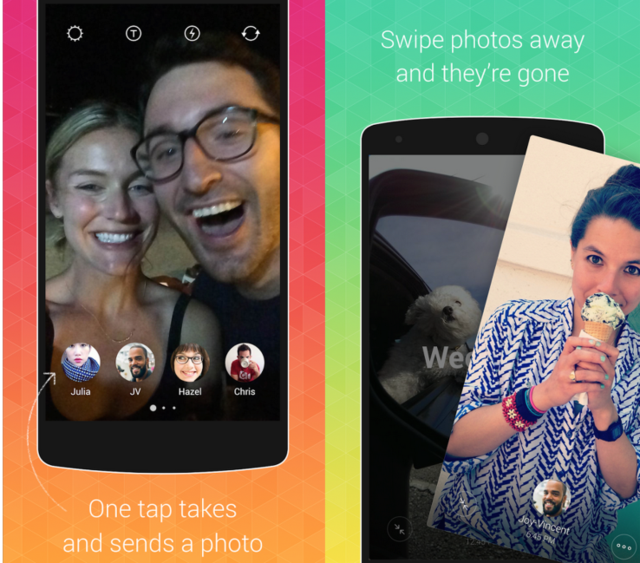Twitter has added a new feature to its multimedia ad platform “Cards,” and Puma just became the first brand to try it. The newly introduced “Flock to Unlock” feature enables marketers to reward followers with branded content that is unlocked by tweeting. Progress towards the goal is shown as a percentage graph rather than a specific number.
Puma is testing this new feature with their “Faster Forever” campaign that encourages fans to tweet at the sportswear brand to unlock its new ad spot 2 days prior to its TV debut. The reaction so far has been lukewarm, possibly due to the lack of a true incentive. Rewards that are either beneficial (like coupon codes) or enticing (like exclusive content) would be better suited. Nevertheless, “Flock to Unlock” opens up a new way to facilitate interaction between brands and their fans on social media.

